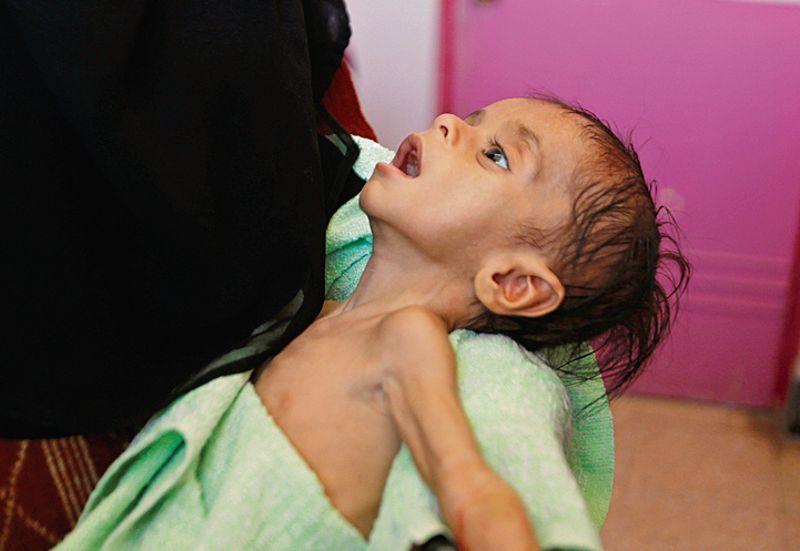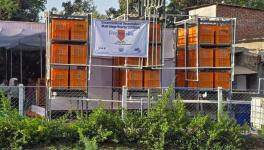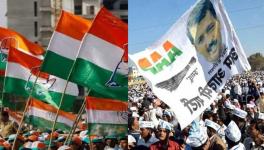More Than 66 % Children in 14 states Anaemic, Gujarat on top at 79.7%

Image Courtesy: Tribune India
The prevalence of anaemia among children and women has increased in most states and Union Territories (UTs) in the last five years. According to the latest findings of the National Family Health Survey (NFHS-5), 67.1% of children aged 6-59 months were anaemic in 2021 against 58.6% in 2016.
According to the survey, released by the Union ministry of health and family welfare on Wednesday, the number of anaemic children has spiked in as many as 28 states and UTs (Union territories). As many as 69.2% of children and 49.4% of women were found to be anaemic in the national capital.
Among states, Assam had the biggest spike in anaemic children with the number of cases increasing to 68.4% from 35.7% in 2016. Assam was followed by Mizoram (an increase of 27.3 percentage points), Chhattisgarh (25.6), Odisha (19.6), Puducherry (19.1), Manipur and Jammu and Kashmir (18.9).
Ladakh has the highest percentage of anaemic children among UTs at 92.5%, possibly due to the short supply of fresh vegetables and fruits during the long winters, according to health officials. Other states and UTs with more than two-third anaemic children are Gujarat (79.7%), Dadar and Nagar Haveli and Daman and Diu (75.8%), Madhya Pradesh (72.7%), Jammu & Kashmir (72.7%), Rajasthan (71.5%), Punjab (71.1%), Haryana (70.4%), Telangana (70%), Bihar (69.4%), Assam (68.4%) West Bengal (69%), Maharashtra (68.9%) and Uttar Pradesh (66.4%). In all, 14 states and UTs have more than two-third of their children anaemic.
Around 57% of the surveyed women were found to be anaemic, an increase of 3.9 percentage points from 53.1% in 2016 (as recorded by NFHS-4). Anaemia in women aggravated in 23 states between 2016 and 2021 with Assam again topping the list with an increase of almost 20 percentage points. Jammu and Kashmir (J&K), where the percentage of anaemic women increased by 17 percentage points, was at the second spot, followed by Chhattisgarh (13.8) and Tripura (12.7).
Ladakh again topped the list with the highest percentage of anaemic women at 92.8% and men at 76%. Ladakh was followed by West Bengal (71.4%), Tripura (67.2%), Assam (65.9%) and J&K (65.9%), Jharkhand (65.3%), Gujarat (65%), Odisha (64.3%) and Bihar (63.5%).
States which recorded a reverse trend both in the number of anaemic children and women were Andaman and Nicobar Islands, Chandigarh, Dadra and Nagar Haveli and Daman and Diu, Haryana, Lakshadweep and Meghalaya.
States with a lower rate of anaemia among children and women are Kerala, Manipur, Mizoram and Nagaland. However, the number of cases increased in all these states except Meghalaya, where the number of anaemic women decreased by 2.4 percentage points. Kerala, which recorded the lowest levels of anaemia, also witnessed an increase in the number of anaemic children (from 35.7% to 39.4%) and women (34.3% to 36.3%).
The findings also showed that 25% of surveyed men were anaemic in 2021 up from 22.7% in 2016.
The NFHS considers women in the reproductive age group and having a haemoglobin level lower than 12 grams per decilitre (g/dL), children under five with less than 11.0 g/dL, and men in the 15-49 age group having less than 13.0 g/dL as anaemic.
The writer is a Delhi-based independent researcher. The views are personal.
Get the latest reports & analysis with people's perspective on Protests, movements & deep analytical videos, discussions of the current affairs in your Telegram app. Subscribe to NewsClick's Telegram channel & get Real-Time updates on stories, as they get published on our website.
























